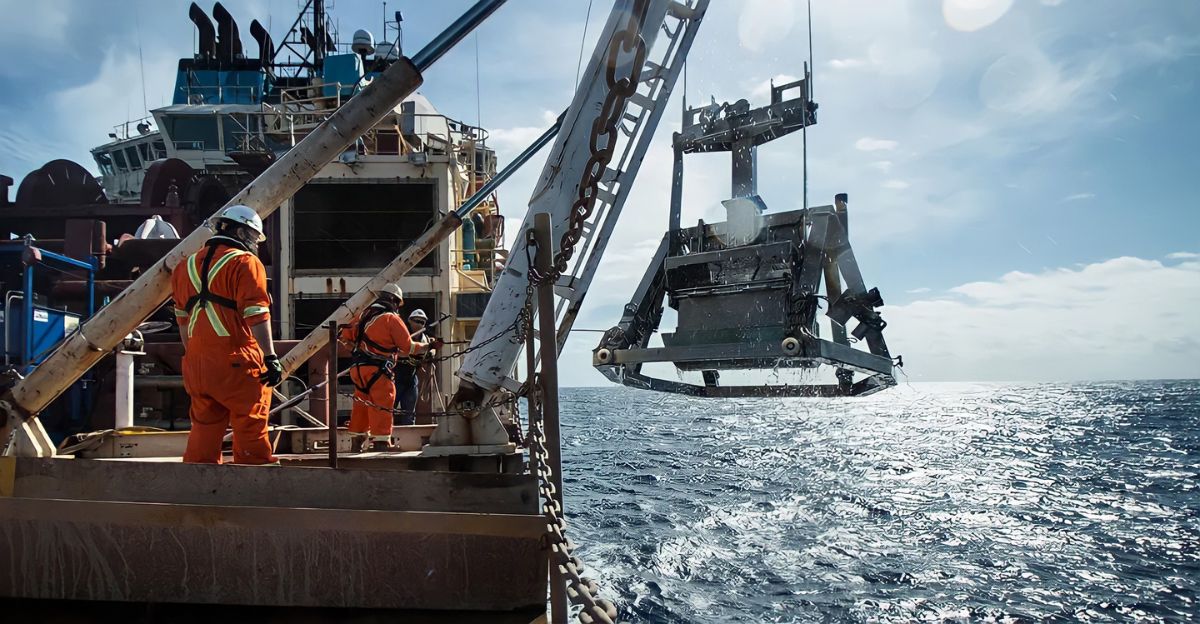
On April 24, 2025, the Trump administration issued a landmark executive order to accelerate deep-sea mining activities to secure critical minerals essential for the U.S. economy and national security. This initiative is part of a broader strategy to reduce dependence on foreign sources, particularly China, which dominates the global critical minerals market. The order seeks to fast-track permits for seabed mineral exploration and mining within U.S. waters and international zones, tapping into vast offshore deposits rich in nickel, cobalt, copper, manganese, and rare earth elements.
These minerals are vital for electric vehicles, renewable energy technologies, and defense applications. However, the move has sparked controversy due to environmental concerns about deep-sea ecosystems and questions about compliance with international maritime law. Critics warn that rapid expansion without robust safeguards could threaten biodiversity and undermine global regulatory efforts.
The Executive Order and Its Objectives

The executive order signed on April 24, 2025, directs federal agencies to expedite the permitting process for deep-sea mineral exploration and mining under existing laws like the Deep Seabed Hard Mineral Resources Act of 1980. It focuses on unlocking the economic potential of seabed polymetallic nodules and other mineral deposits in U.S. coastal waters and international areas through partnerships with allies.
The administration aims to reduce reliance on foreign critical minerals, especially countering China’s dominance in this sector. The order also mandates the establishment of streamlined processes for reviewing and approving mining permits on the U.S. Outer Continental Shelf, aiming to boost domestic mineral production and create jobs. Officials estimate that the extraction of these resources could add $300 billion to the U.S. GDP over the next decade and generate around 100,000 jobs.
Importance of Critical Minerals

Critical minerals such as cobalt, nickel, copper, manganese, and rare earth elements are indispensable to modern technology and national defense. These minerals are key in manufacturing electric vehicle batteries, wind turbines, solar panels, and various high-tech electronics. Their strategic importance has grown as the global economy shifts toward clean energy and advanced manufacturing.
The U.S. faces supply chain vulnerabilities due to heavy reliance on foreign sources, notably China. Securing these minerals’ domestic and allied supply is essential to maintaining technological leadership and military readiness. Deep-sea mining offers a potential new frontier to access these vital resources, complementing land-based mining and recycling efforts.
Deep-Sea Mining Techniques and Resources
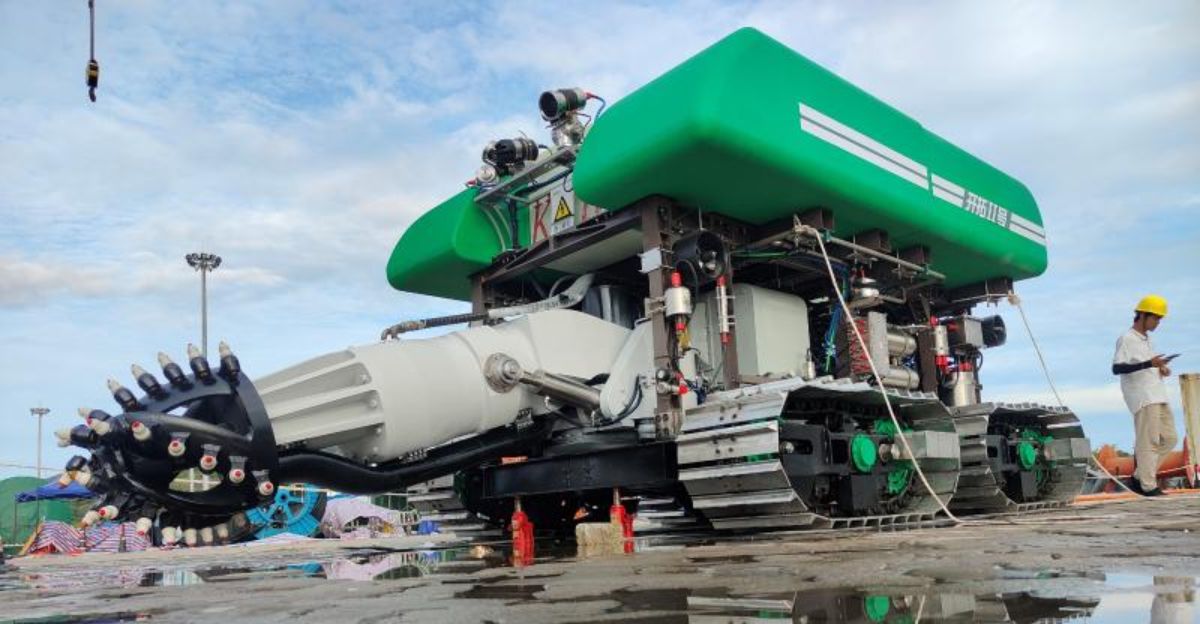
Deep-sea mining employs dredging, hydraulic mining, and subsea drilling methods to extract minerals from the ocean floor. The primary targets include polymetallic nodules of potato-sized rocks rich in manganese, nickel, copper, and cobalt seafloor massive sulfide deposits and mineral-rich crusts. Polymetallic nodules, notably the Clarion-Clipperton Zone, are abundant in certain ocean regions and represent a vast untapped resource.
These nodules lie scattered on the seabed and can be collected by specialized mining equipment. The extraction techniques vary depending on the mineral type and seabed conditions, requiring advanced technology to minimize environmental impact. Developing these technologies is a focus of the administration’s push to lead in deep-sea mining innovation.
Strategic and Economic Motivations

Strategic and economic goals motivate the Trump administration’s drive to accelerate deep-sea mining. Establishing U.S. leadership in seabed mineral development aims to secure a stable supply chain for critical minerals, supporting economic growth, reindustrialization, and military preparedness.
The initiative is also designed to counter China’s extensive control over global essential mineral markets by developing domestic resources and strengthening alliances. By tapping into seabed resources, the U.S. hopes to reduce supply vulnerabilities and stimulate job creation in the mining and processing sectors. This strategy aligns with broader efforts to bolster national security through resource independence and technological innovation.
Environmental Concerns and Criticism
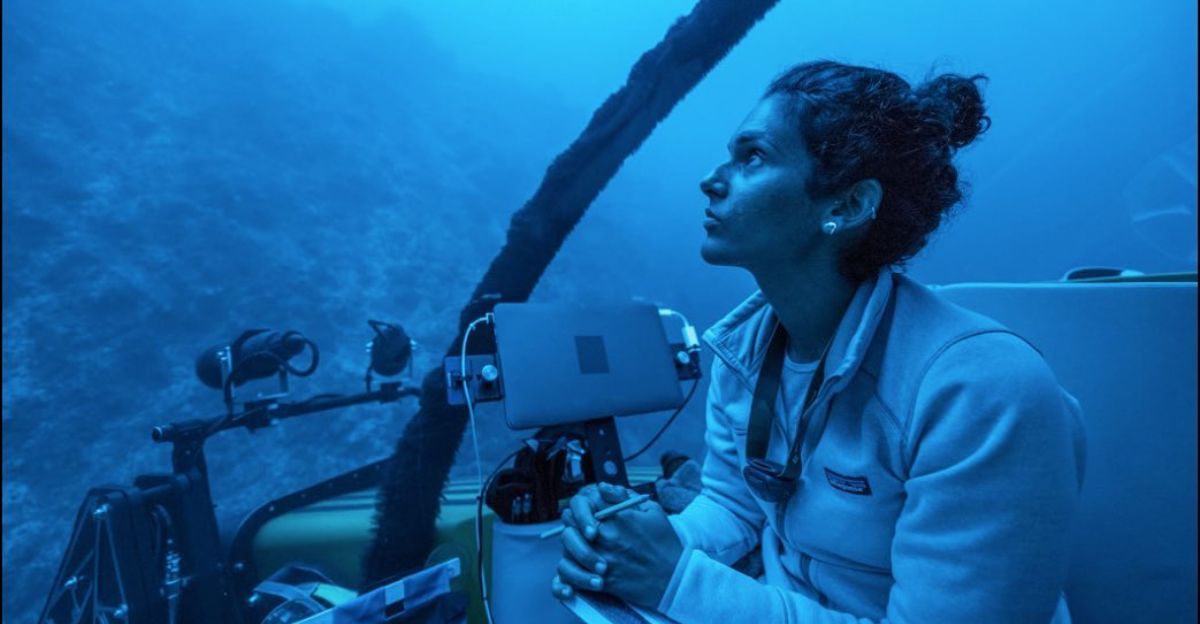
Environmentalists and scientists have raised significant concerns about the potential ecological impacts of deep-sea mining. The accelerated permitting process may undermine thorough environmental assessments, risking damage to fragile deep-sea ecosystems that are still poorly understood. Mining activities could disrupt biodiversity, harm rare species, and alter oceanic processes.
Critics argue that the executive order could weaken global efforts to regulate deep-sea mining responsibly, potentially leading to irreversible environmental harm. Organizations like Earthjustice emphasize the need for caution and robust safeguards before commercial-scale mining proceeds, warning that the ocean floor hosts undiscovered species with potential medical and scientific value.
Legal and Regulatory Challenges

The Deep Seabed Hard Mineral Resources Act of 1980 governs U.S. deep-sea mining permits, but international regulations remain in flux. The United Nations-backed International Seabed Authority (ISA) is negotiating mining codes and Regional Environmental Management Plans (REMPs) to balance resource extraction with environmental protection. These plans aim to coordinate mining with other ocean uses and close knowledge gaps about ecological impacts.
However, the Trump administration’s executive order may challenge the pace and scope of these international negotiations, raising concerns about compliance with the Law of the Sea and international maritime law. The evolving legal landscape presents complex challenges for regulating this emerging industry.
Unexpected Intersections and Industry Impact
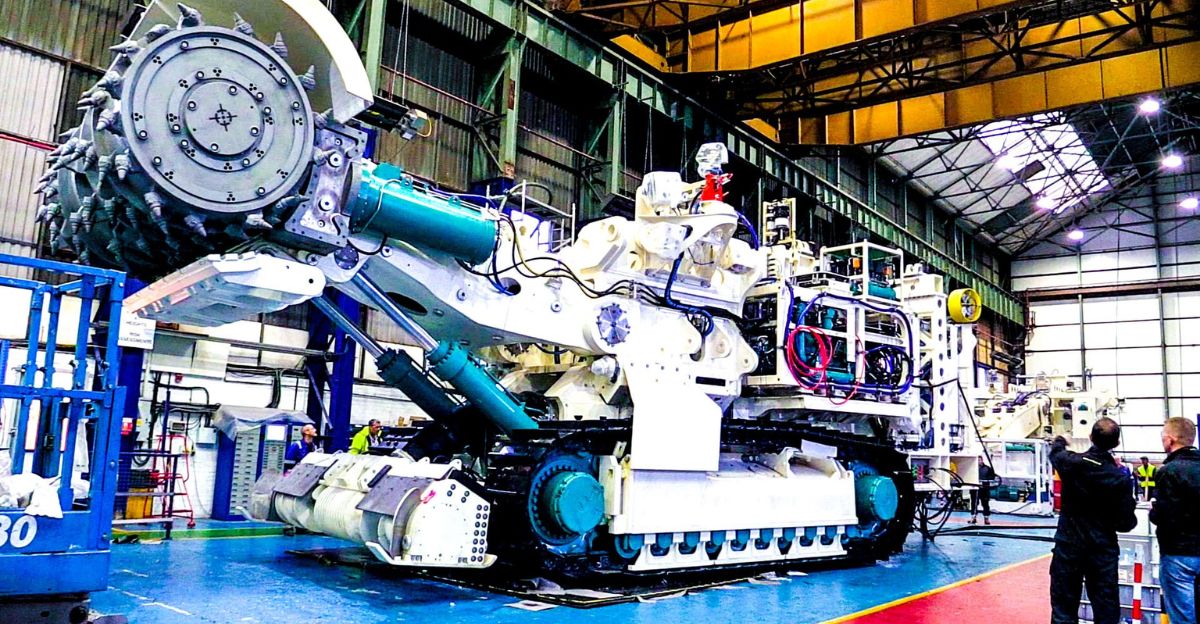
Deep-sea mining intersects with renewable energy sectors that rely heavily on critical minerals for technologies like wind turbines and solar panels. While seabed mining could reduce the environmental footprint of land-based mining, it introduces new ecological risks in ocean environments. The private sector shows growing interest, with companies seeking government support for exploration and environmental monitoring technologies.
This convergence of mining, clean energy, and ecological science creates opportunities for innovation but also demands careful management to balance economic benefits with sustainability. The administration’s push may accelerate technological development in underwater mining and environmental assessment tools.
Contrarian and Global Perspectives
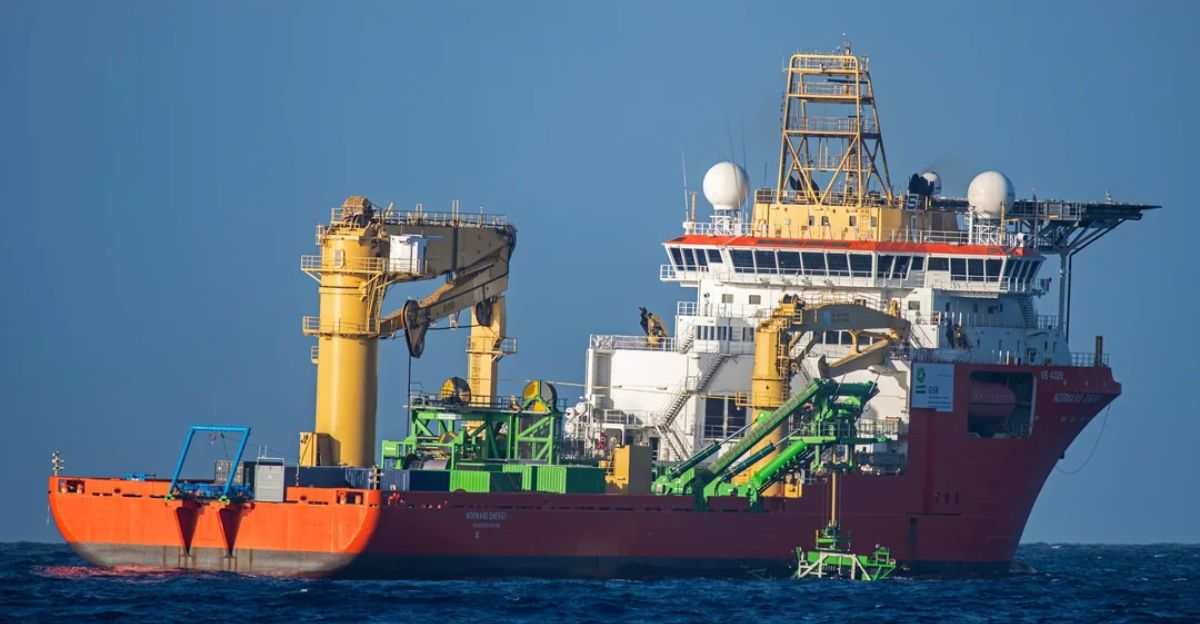
Global perspectives on deep-sea mining vary widely. Some countries, such as Germany, prioritize recycling and sustainable mineral sourcing over seabed mining, reflecting concerns about environmental impacts and market uncertainties. The global competition for critical minerals involves cooperation and rivalry, especially between the U.S. and China.
While the U.S. seeks to assert leadership in seabed mining, international collaboration through bodies like the ISA remains crucial to establishing fair and responsible mining practices. Contrarian views question the economic viability and long-term sustainability of deep-sea mining, advocating for alternative strategies to secure mineral supplies.
The Executive Order
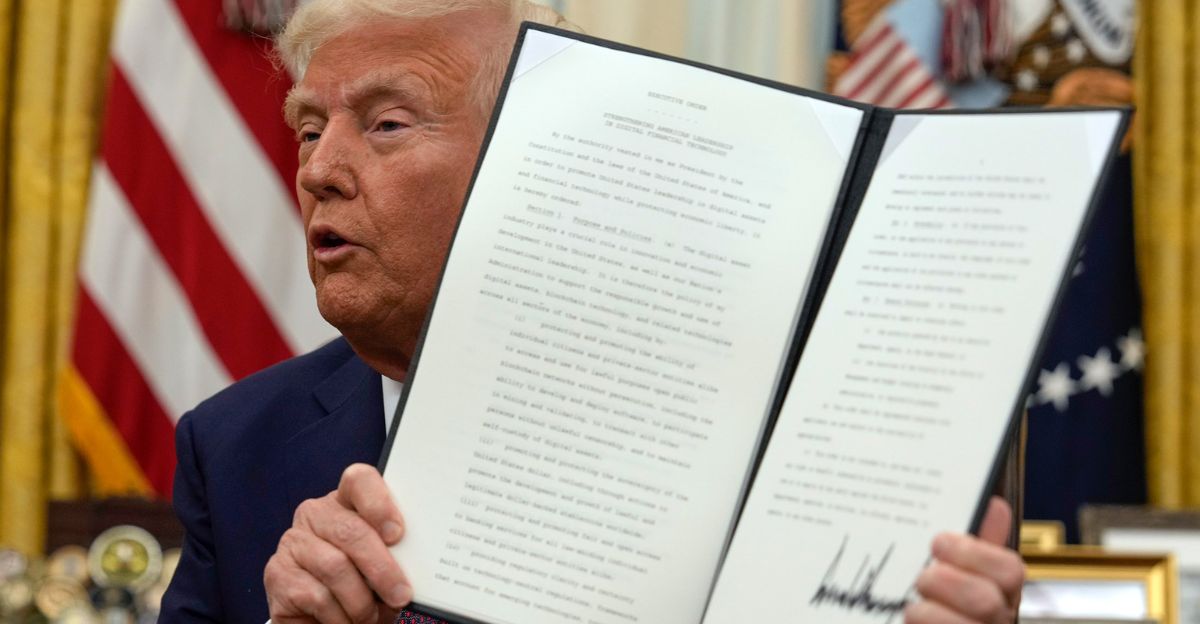
The Trump administration’s executive order marks an aggressive push to develop deep-sea mining as a strategic resource frontier amid ongoing environmental and legal debates. Balancing the urgent need for critical minerals with the protection of ocean ecosystems remains a complex challenge.
The future of deep-sea mining will depend on advances in technology, robust environmental safeguards, and international regulatory frameworks. Continued policy developments and global negotiations will shape whether deep-sea mining becomes a sustainable and economically viable industry or a source of ecological and legal conflict.
Explore more of our trending stories and hit Follow to keep them coming to your feed!

Don’t miss out on more stories like this! Hit the Follow button at the top of this article to stay updated with the latest news. Share your thoughts in the comments—we’d love to hear from you!







